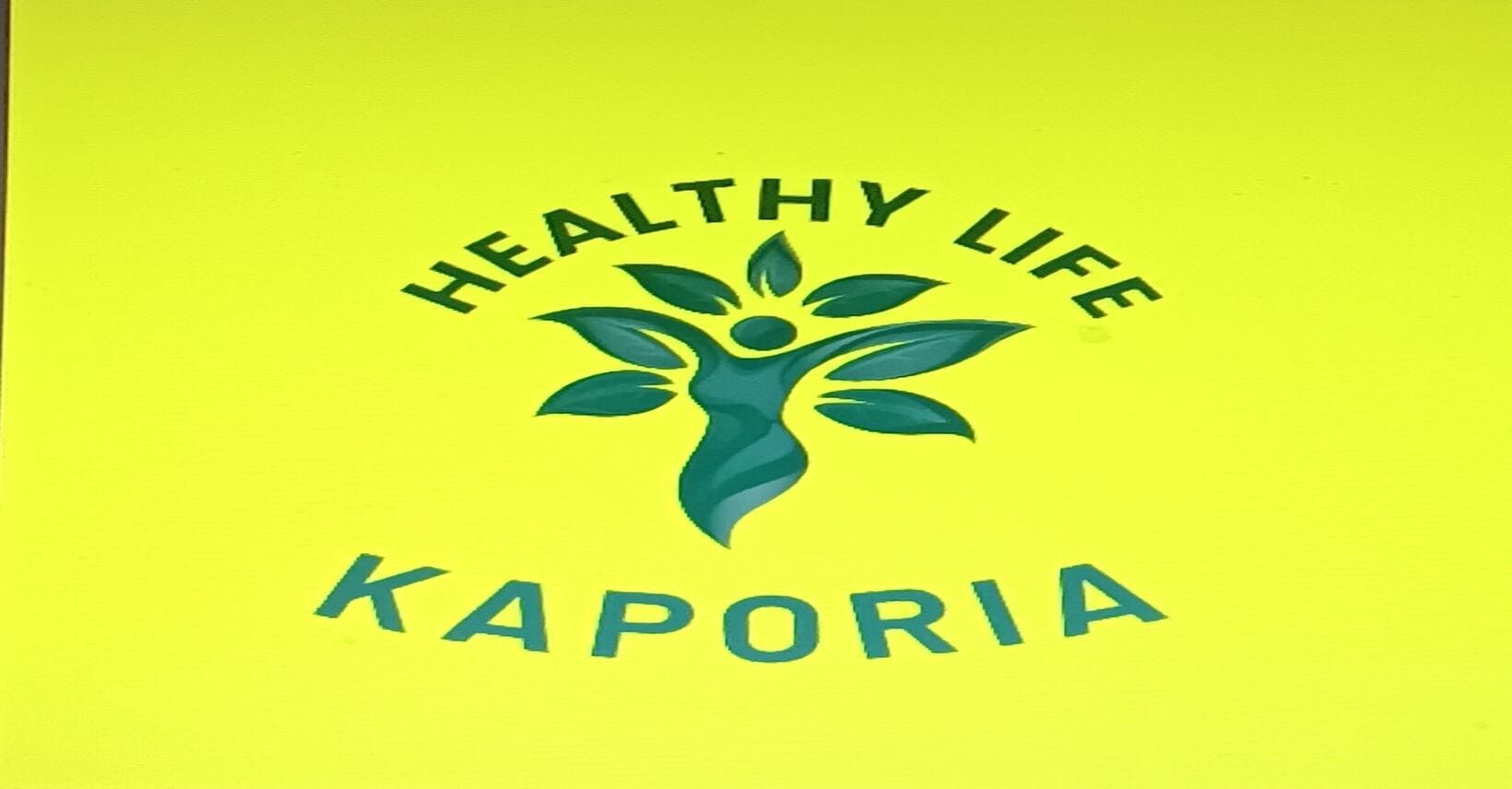[ad_1]
When actress Olivia Munn, 43, posted on Instagram that she’d been recognized with an aggressive type of breast most cancers, she not solely obtained an outpouring of assist, she used her celeb standing to boost consciousness in regards to the little recognized take a look at that saved her life.
The yr earlier than, Munn was checking well being assessments off her checklist earlier than heading to Germany to movie a brand new sci-fi film. She had her yearly mammogram and even had genetic testing for the BRCA mutation. Each assessments got here again clear. However when her physician took the additional step of utilizing the Breast Cancer Risk Assessment Tool (BCRAT), which asks a collection of questions on household historical past and reproductive well being, Munn’s danger was 37%. This was excessive sufficient for her physician to advocate the MRI that detected her most cancers.
Munn’s life plummeted into an sudden nightmare and, as a substitute of heading to Germany, she had 4 main surgical procedures in a 10-month interval together with a double mastectomy, a lymph node dissection, reconstructive surgical procedure and a nipple delay procedure. In February 2024, she had her ovaries and uterus eliminated to maintain the most cancers from returning.
When Munn went public together with her most cancers journey, she credited her physician’s use of the BCRAT for the early detection. “I’m fortunate. We caught it with sufficient time that I had choices. I would like the identical for any lady who may need to face this sooner or later,” she posted on Instagram.
In response to Mary Jane Minkin, M.D., a gynecologist at Yale New Haven Hospital and member of HealthyWomen’s Advisory Council, girls ought to get a mammogram yearly starting at age 40. Nonetheless, as was the case with Munn, getting a mammogram isn’t all the time sufficient.
“Mammograms miss 10 to fifteen% of cancers. They aren’t the be all and finish all of breast well being. That is the place the Danger Evaluation Instrument is useful,” stated Minkin, who defined that when you catch breast most cancers early, as Munn did, the survival rate could be very excessive.
How the Breast Most cancers Danger Evaluation Instrument works
The BCRAT makes use of a lady’s private data to estimate the danger of growing invasive breast most cancers over the following 5 years and as much as the age of 90. “It principally makes certain that people who find themselves at the next danger are getting examined usually,” Minkin stated.
In response to the National Cancer Institute, the instrument assesses:
- Age
- Age at your first interval
- Age at your first reside delivery of a kid
- Variety of first-degree kinfolk with breast most cancers
- Variety of earlier breast biopsies
- Presence of precancerous cells within the breast
“Being feminine is the most important danger. The older we get, the upper the danger,” stated Minkin. However there are various different elements to take into accounts. “In case you had been 9 or 10 once you began having intervals, you’re at greater danger than anyone who began having intervals at age 15,” she explains.
The quantity of kids you may have and the age you may have them also can contribute to your danger. Having kids earlier than the age of 35, and having a number of kids, reduces your danger.
Genetics performs a job, too. The extra first-degree kinfolk — your mom, daughters or sisters — who’ve been recognized with breast most cancers, the upper your danger.
The extra breast biopsies you’ve had, the extra elevated your danger as effectively. Even when the biopsies are adverse, the truth that they had been wanted means that there’s something suspicious occurring within the breast.
The BCRAT, which is accessible each online and at your healthcare supplier’s workplace, tallies all of your data and gives a danger evaluation rating. Individuals with a rating of over 20% ought to have yearly mammograms and breast MRIs starting at age 30.
The BCRAT’s limitations
Whereas the BCRAT can save lives, it does have limitations. The instrument is just not a substitute for genetic testing and can’t precisely detect dangers for girls carrying BRCA1 and BRCA2 mutations. It can also’t assess danger for girls who’ve a earlier historical past of breast most cancers.
In response to the Susan G. Komen Basis, the instrument measures group danger, not particular person danger. Because of this it gives the typical danger of breast most cancers for a bunch of girls with comparable danger elements, so it can not predict if any particular person lady will get breast most cancers.
The BCRAT additionally doesn’t use all of the established recognized dangers for breast most cancers, comparable to smoking, eating regimen and obesity, which might restrict its predictions.
The unique mannequin solely used information collected from white girls however can now estimate danger for Black girls, Asian and Pacific Islander girls, and Hispanic girls. Nonetheless, it could not precisely assess different racial and ethnic teams.
Know your choices
In case you use the net instrument, focus on the outcomes along with your healthcare supplier to be sure to’re studying it accurately. In case you’re excessive danger, discover an skilled you belief who will advocate so that you can get the suitable testing and the care you want.
In case you rating excessive on the BCRAT, that doesn’t imply you want a mastectomy. “There are medicines that can be utilized to decrease danger and issues that individuals can do on their very own,” Minkin stated. Slicing again on alcohol, getting common train, sustaining a wholesome weight and never smoking can all assist. “It doesn’t matter what your danger is, pay attention to what you’ve acquired occurring in your breasts.” In case you see any adjustments, don’t ignore them.
This instructional useful resource was created with assist from Daiichi Sankyo and Merck.
From Your Web site Articles
Associated Articles Across the Internet
[ad_2]
Source link

